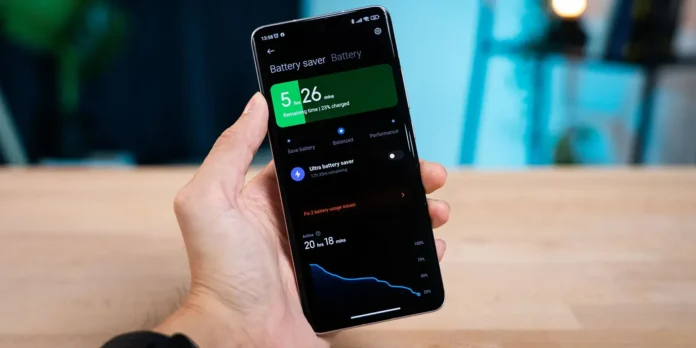In a continued push to improve Android performance and extend battery life, Google is introducing a new “excessive wake locks” metric to its Android Vitals dashboard. This latest move is part of a multi-year initiative to give developers deeper insights into how their apps affect device resources, particularly battery consumption.
Wake locks are used by apps to keep devices from entering low-power modes but when misused, they can lead to significant battery drain, especially when running in the background. The new metric will flag an app’s usage as excessive if wake locks collectively run for more than 3 hours in a 24-hour period, even without an active foreground service.
Google is also collaborating with major Android device manufacturers, including Samsung, to better understand and identify the causes of these background battery drains. The company hopes that with improved transparency and data, developers can refine their apps to be more battery-efficient.
Additionally, Google plans to explore new ways on the Play Store to help users identify apps that are optimized for battery life possibly influencing download decisions.
This initiative highlights Google’s continued efforts to tackle one of Android’s long-standing issues: unexpected battery drain caused by poorly optimized apps.
For more tech updates, visit DC Brief.


